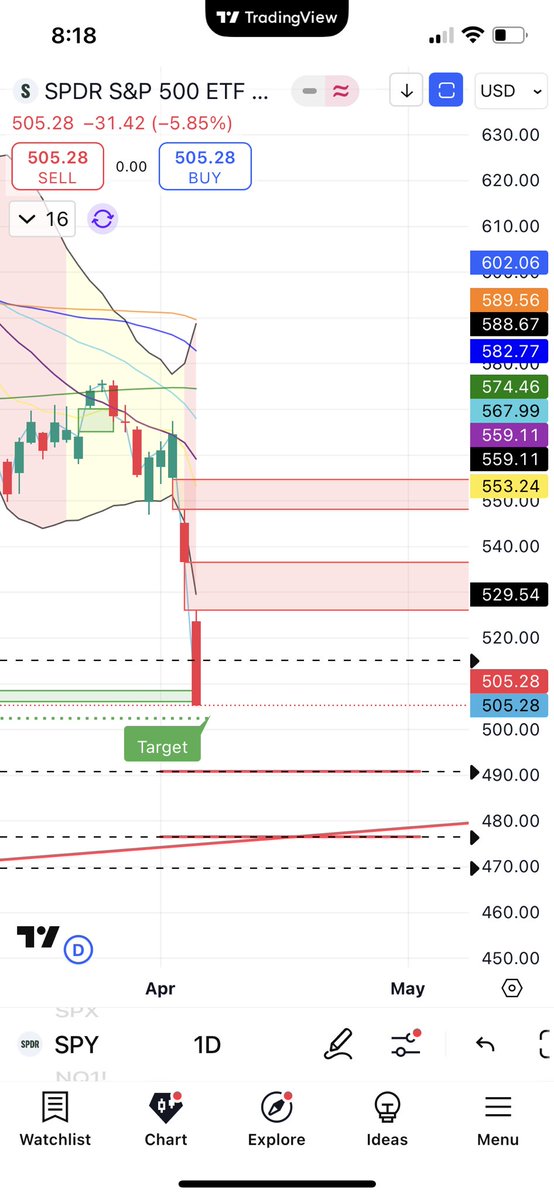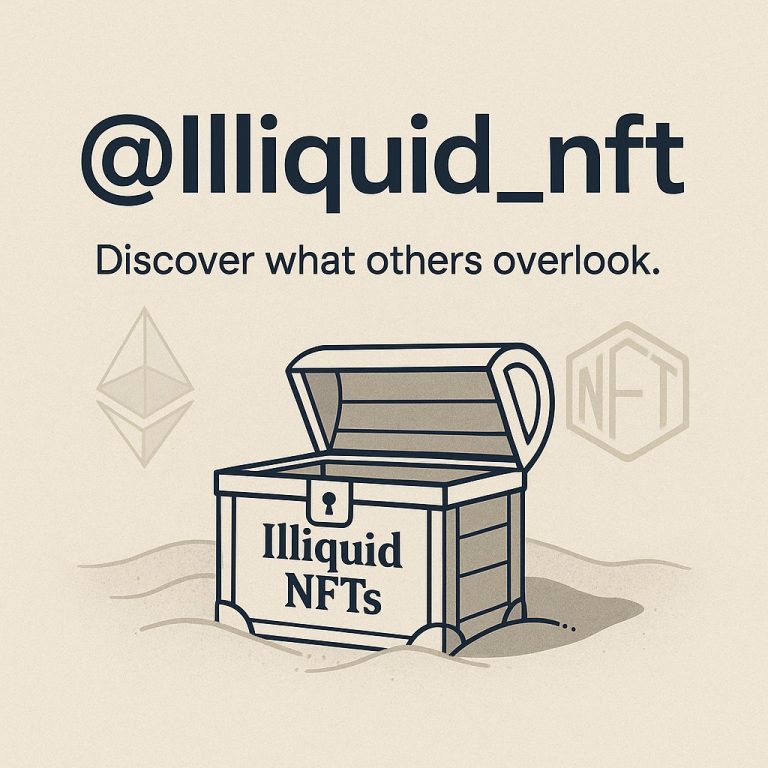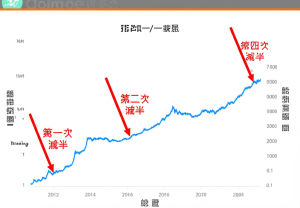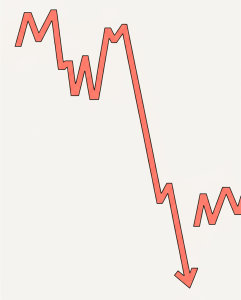
The Emotional Rollercoaster of Stock Market Investing
Imagine this: you’ve spent hours, days, even weeks analyzing charts, reading reports, and pouring over financial statements. You’ve drawn your lines, set your alerts, and you’re ready to make your move. But then, the market does something unexpected. It doesn’t care about your feelings or the lines you’ve so carefully scribbled. Welcome to the world of stock market investing.
The Illusion of Control
The Art of Technical Analysis
Many investors, like the one in the tweet above, rely on technical analysis to make their moves. This involves studying past market data, primarily price and volume, to predict future price movements. Tools like moving averages, trend lines, and support and resistance levels are common in this approach. The investor in the tweet is referring to a long-term trend line support level at 475, a price they might consider buying at if the stock reaches that level.
However, while technical analysis can provide valuable insights, it’s not foolproof. Markets are influenced by a multitude of factors, many of which are unpredictable. This is where the emotional rollercoaster begins.
The Market’s Indifference
The stock market is an entity unto itself. It doesn’t care about your analysis, your feelings, or your carefully drawn lines. It’s a complex system influenced by a myriad of factors, from economic indicators and geopolitical events to investor sentiment and even the weather. This indifference can be frustrating, but it’s also a crucial aspect of the market’s nature.
The Emotional Impact
The Thrill of the Chase
Investing can be exhilarating. The thrill of spotting a potential opportunity, the excitement of making a trade, the satisfaction of seeing a profit—these are all part of the appeal. But the market’s unpredictability means that these highs are often followed by lows.
The Agony of Defeat
When the market moves against you, it can be devastating. You might feel a sense of loss, not just financially, but also emotionally. You might question your analysis, your strategy, even your sanity. This is where many investors make their biggest mistakes.
Coping with the Rollercoaster
Acceptance
The first step in coping with the emotional rollercoaster of investing is acceptance. You must accept that the market is unpredictable and that losses are a part of the game. This doesn’t mean you should be reckless, but rather that you should be prepared for the inevitable ups and downs.
Discipline
Discipline is key in investing. This means sticking to your strategy, even when the market is against you. It means not letting your emotions dictate your actions. It means being patient and waiting for the right opportunities.
Diversification
Diversification is another important strategy. By spreading your investments across different sectors, industries, and asset classes, you can reduce your risk. This doesn’t mean you’ll avoid losses altogether, but it can help smooth out the rollercoaster ride.
Conclusion: The Market’s Indifference is Your Opportunity
The stock market’s indifference is a double-edged sword. On one hand, it can be frustrating and even painful. But on the other hand, it presents opportunities. By understanding and accepting this indifference, by maintaining discipline and diversification, you can turn the emotional rollercoaster of investing into a rewarding journey.
The market doesn’t care about your feelings or the lines you scribble. But that’s okay. Because in the end, it’s your actions, not your feelings, that determine your success. So, keep analyzing, keep learning, and most importantly, keep investing. The market might not care, but you should. Because your future self will thank you.







